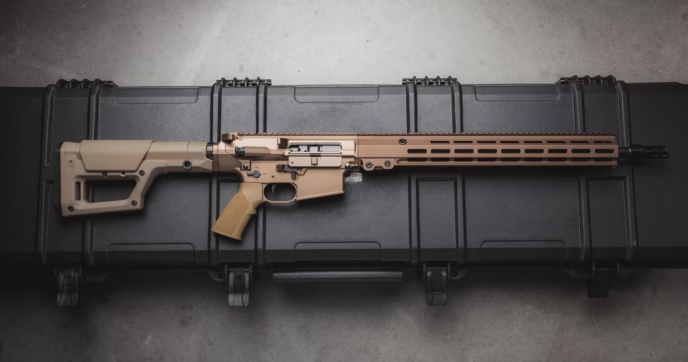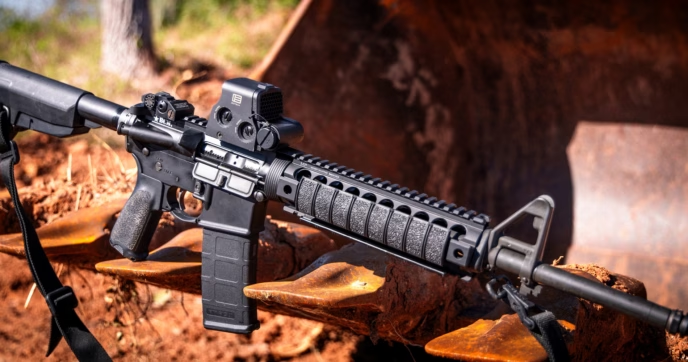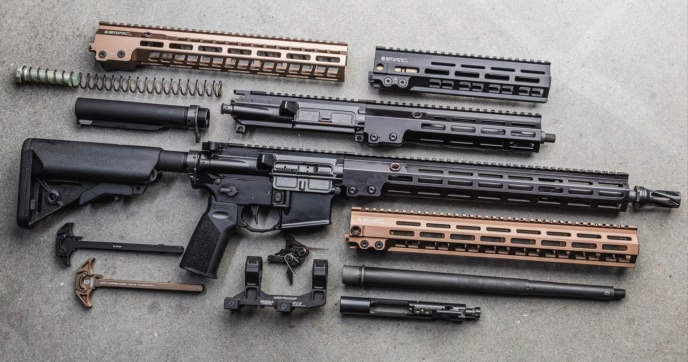When you buy a new rifle, there’s often an undeniable temptation to bolt everything and the kitchen sink onto it. Each accessory promises a marginal upgrade or improvement, and so it’s easy to think that if you want maximum performance, you need everything.
However, the truth is that most users are best served with a small assortment of simple, functional attachments. The market is rife with niche products, specialized gear, and downright gimmicks. If you want the best rifle without blowing your hard-earned cash on parts you don’t need, then you need to understand the difference between an accessory that is going to look cool and one that is going to practically improve your marksmanship.
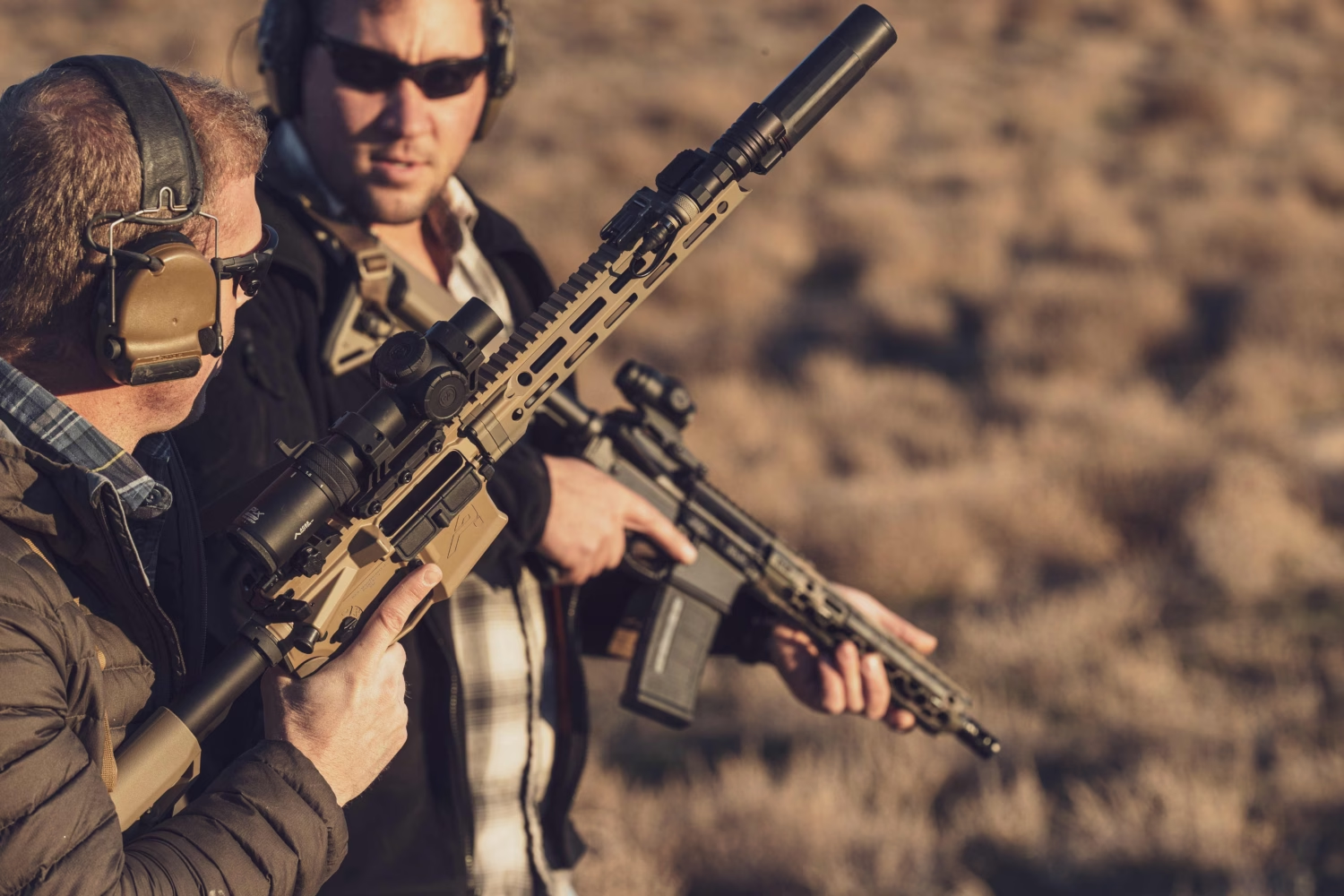
Understanding “Functional”
It’s important to be on the same page about what a functional accessory really is. When we talk about functional upgrades, we’re looking at parts or attachments that make a substantive difference in your performance or experience. This can be something like a new barrel, which can improve the mechanical accuracy of your firearm, or a match-grade trigger, which will typically yield an increase in practical accuracy. If you don’t know the difference between those two, we highly recommend checking out our article on mechanical vs. practical accuracy.
Accuracy is not the only metric worth improving, though. Accessories that limit recoil, improve your split times, or provide more comfortable ergonomics can all be worthwhile.
Things that are not functional are those upgrades that don’t do anything meaningful for your performance. The most obvious standout in this category is cosmetic upgrades such as custom ejection port covers or colorfully anodized pins. While some may find them aesthetically pleasing—beauty is in the eye of the beholder, after all—they don’t change your firing experience. When your rifle is shouldered and you’re aiming down the sights, you usually can’t see any of these upgrades, anyway.
Other non-functional accessories include those that will seldom or never be used, or actively inhibit your performance. A perfect example would be an underbarrel 37mm flare launcher—most ranges won’t allow them to be fired, they have no practical purpose outside of emergency signaling, and their weight and bulk will make your rifle harder to handle.
Some accessories can be both functional and non-functional, depending on the user and the use case. An IR laser, for instance, can be a very practical tool for those using night vision goggles, or a very impractical accessory for someone who is not.
This is not to discourage anyone from accessorizing their rifle as they see fit; this is America, and you’re free to decorate your gun however you want. If you like the look of a competition AR-15 covered from stock to muzzle in red anodized parts, there’s no reason to give that up.
But if you want the best performance you can get, particularly in a cost-effective package, prioritizing functional accessories is the way.
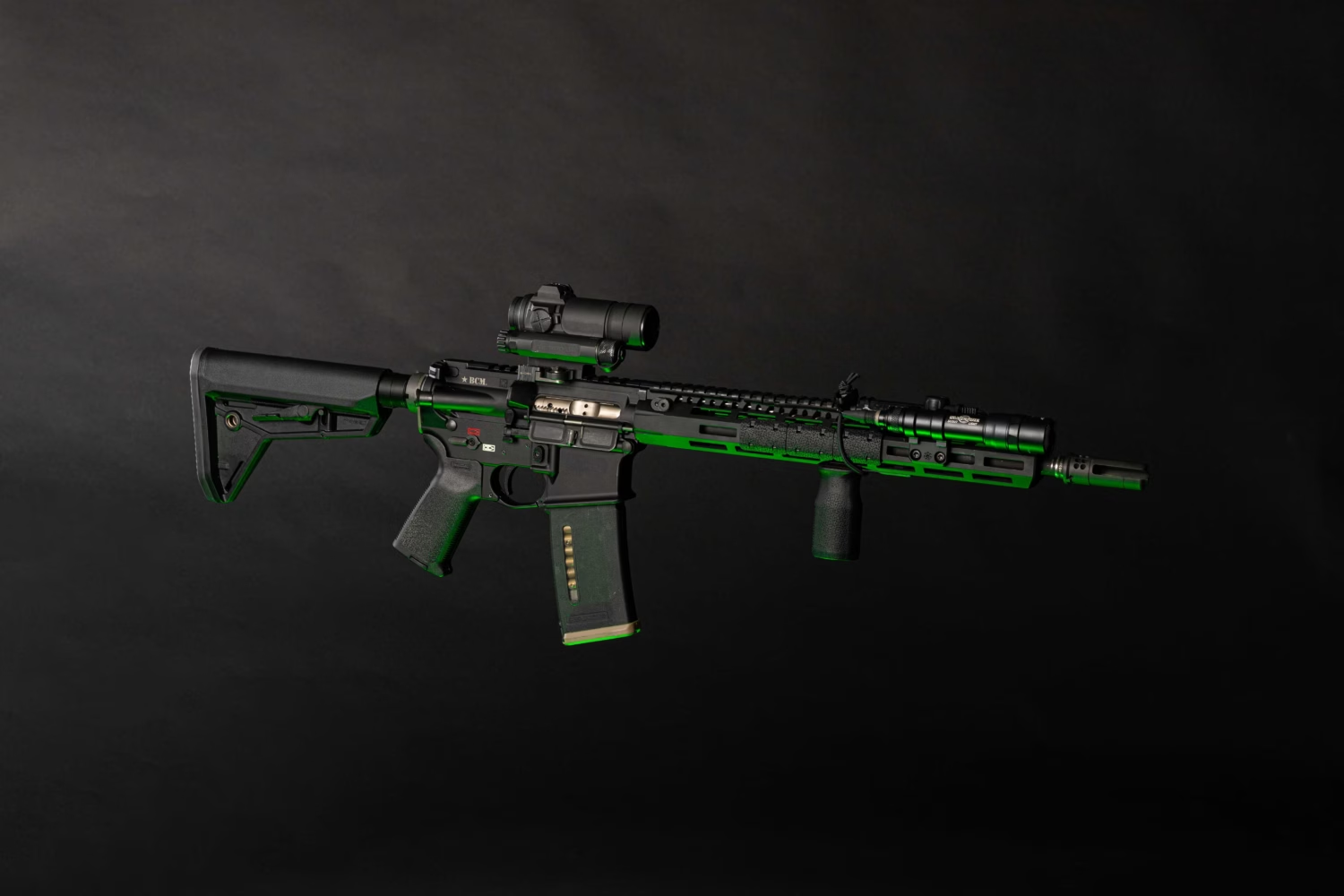
Functional AR-15 Upgrades
There are certain things that are always going to offer value for the vast majority of AR-15 owners. Some are simply necessary, while others can be foregone but offer exceptional value for the investment. Any of the items in this section should be a top priority for someone looking to make the most of their rifle’s capabilities.
Sights
First and foremost, your rifle needs some sort of sighting system. A rifle with no sights is about as useful as a car with no gas.
If your AR-15 came with BUIS (Back Up Iron Sights), those may be wholly sufficient for your needs. Iron sights have served hunters, soldiers, and everyone in between perfectly fine for centuries. If your rifle is intended primarily for range use, sticking to iron sights is an excellent way to build proficiency and practice your fundamentals.
On the other hand, there’s nothing wrong with upgrading to a red dot, prism, or scope either. Optics have come a long way in the last few decades, and the market is simply awash with affordable, quality optics these days.
A red dot sight can provide a significant increase in speed and massive improvement in low-light performance while maintaining the field of view and eye relief of iron sights. The inherent simplicity of a red dot also helps to make it one of the most popular options.
A low-power variable optic is also a popular choice for an AR-15. The versatility of an optic that can dial from 1x magnification up to 6x or 8x pairs perfectly with the capability of the rifle itself, letting users take full advantage of the AR-15’s effective range and close-quarters performance.
Prisms provide a combination of these benefits, offering faster target acquisition and superior field of view compared to a scope, but with more sophisticated reticles than a red dot. They also tend to work better than red dots for users with astigmatism.
Trigger
Few parts have as direct an impact on practical accuracy as an AR-15 trigger does. Your trigger is your primary interface with your rifle. It’s the control you’ll activate most frequently, and often, it’s the one that is holding back your group sizes.
Upgrading your trigger can offer a lighter, smoother pull, often with faster reset or less overtravel. This can translate into faster or more accurate shots—or, as often as not, both. Two-stage triggers are popular for target and precision marksmanship, while single-stage models are often preferred for close-quarters use or certain types of competitions.
If you’re looking for an upgrade but aren’t quite sure where to start, we offer an article on upgrading your AR-15 trigger that may be able to help.
Spare Magazines
If your firearm accepts detachable magazines, there’s no reason not to have a few spares. Spare magazines are a highly functional upgrade for quite literally any application.
Magazines are wear parts, which means that as they are used, they degrade. Springs are the most common point of failure, but feed lips can also become cracked or deformed. This wear, particularly in the case of springs, is natural and inevitable, and when your magazines do finally start to give up the ghost, the first symptom is often misfeeds or malfunctions. In a range rifle, that can be irritating, but in a defensive one, it can be dangerous.
Having extras allows you to keep a spare loaded magazine on hand, which can be extremely helpful in clearing a misfire, particularly if you are under pressure. For those who will use their rifle defensively, a spare reload is also essential in the unlikely event that their first magazine runs dry. Those who keep a rifle for home defense also often designate specific magazines for separate range and defensive use, which greatly reduces the chance of your magazine exhibiting wear-related issues in a critical moment.
Even for purely recreational users, though, spare magazines have value. Having a spare PMAG or two allows you to load more magazines at home, letting you spend more of your range time training and less of it reloading. If you often visit the range with a friend, you can even have one person reload while the other practices their skills.
We go into more depth on the value of spare magazines in our article on magazines and why you should stockpile, but suffice to say, it’s worth having at least a couple of extras.
Sling
Technically, this one is something of a situational upgrade, but if there is even the slightest chance that you might at some point carry your rifle for more than a few minutes, an AR-15 sling is a worthwhile accessory. Basic models can be had for just a few dollars, but they can make a world of difference when carrying your rifle for hours on end.
More advanced slings offer a range of benefits, such as quick-disconnect function or the ability to rapidly adjust tension. Slings can also be used for offhand marksmanship to help stabilize your rifle and solidify your firing position. Some models, often designed for DMR or SPR-type rifles, even have a cuff built in for the purpose.
Suppressor
While many view a suppressor as an entirely optional upgrade—some may even argue it to be more “cool” than “functional” for most users—we firmly believe that nearly every rifle and rifleman can benefit from a suppressor.
Suppressors dampen the noise of your gunshot, reducing the report and making the experience more pleasant for you, your neighbors on the firing line, and really, anyone within earshot. While technically and legally called silencers, they don’t truly silence the sound of the shot, only temper it somewhat. In the case of a supersonic round like 5.56×45/.223 Remington, the noise of even a silenced gunshot is still going to be quite loud. Even so, a suppressor is a worthwhile attachment.
While a good pair of earplugs or muffs should have a place in any range kit, there’s no reason that hearing protection needs to be limited to what you can fit on your head. Reducing the dangerous sound levels at the source helps to keep firearm enthusiasts safe and prevent hearing damage, and that’s reason enough for them to be a recommended accessory for anyone with an AR-15.
Weapon Lights
Similar to slings, weapon lights are technically a situational upgrade. If your rifle is dedicated to daylight use, such as for competitions or plinking, a weapon light is redundant and would only serve to look cool. However, we strongly recommend a weapon light for any firearm that even might be pressed into service for personal defense.
As such, even if you don’t plan to use your firearm defensively, unless you already have another firearm configured for personal protection, it’s worthwhile to put a light on your gun. Few among us plan to be in danger at all—and yet, it happens all the same. A weaponlight is a comparatively cheap upgrade and massively improves your ability to use your firearm in a dark environment.
Stocks and Grips
While these parts seldom make a huge difference, an upgraded stock or grip can improve your capability with your rifle.
A good AR-15 stock can improve ergonomics and reduce fatigue, particularly if you are upgrading from a basic A2 stock. Improved models are not only more comfortable, but also frequently offer features like QD attachment points and onboard storage.
An AR-15 grip offers a more marginal benefit, but still can provide some improvement to comfort, particularly if you find a different angle to be preferable. Many high-angle grips can reduce wrist strain and fatigue, which can be advantageous over the course of a long match or training session.
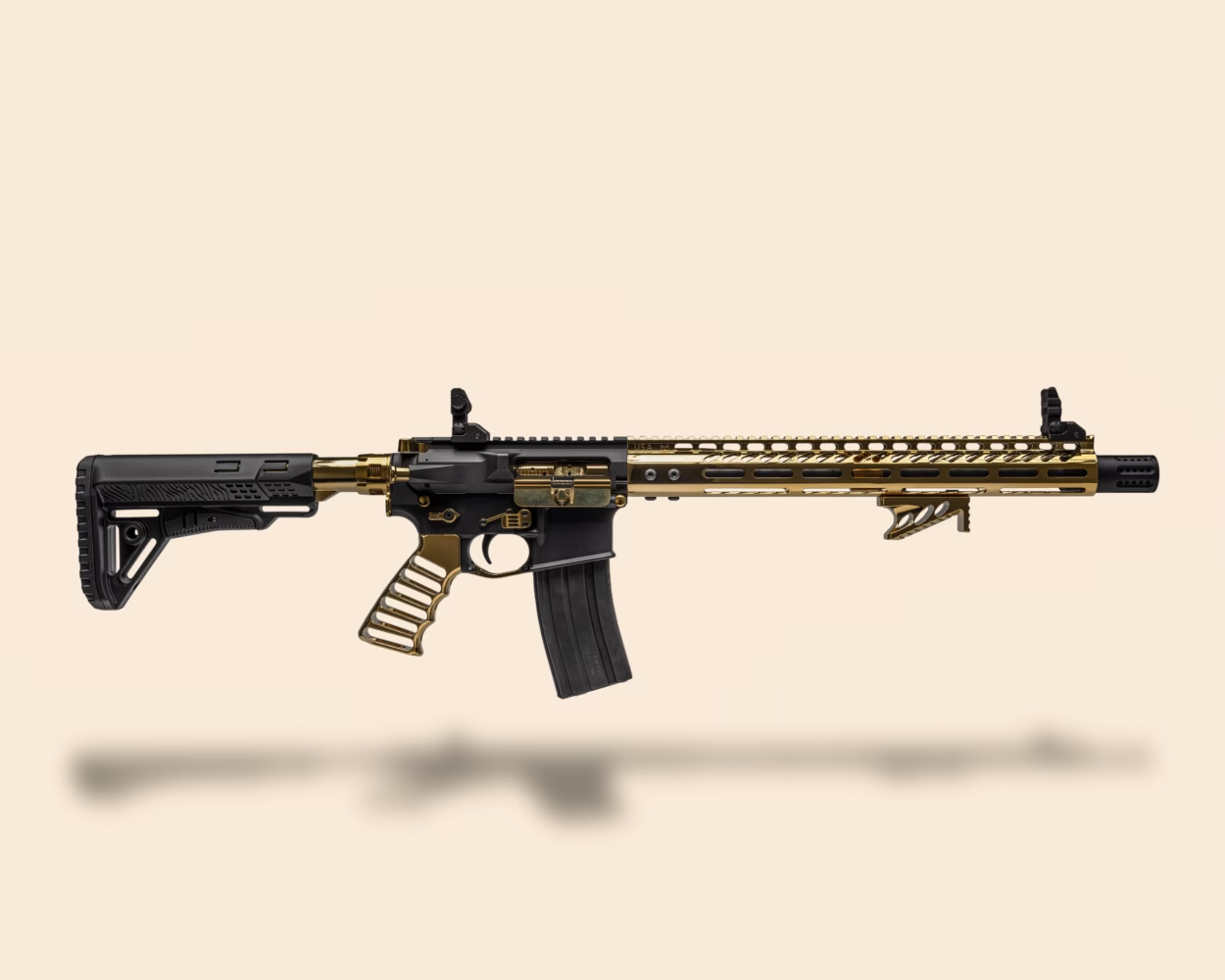
Cool AR-15 Accessories
Some AR-15 accessories exist only to be looked at. They don’t affect the way the gun fires—not positively, anyway—and don’t change your firing experience in any substantive way. Nevertheless, if one or more of these items strikes your fancy, there’s no rule saying you can’t add them to your rifle, but don’t expect them to make you a better marksman.
Custom Dust Covers
Ranging from tastefully subtle to outrageous and ostentatious, custom dust covers are popular with many AR-15 owners. The blank, flat surface of the cover and the relatively low cost of the part make it a prime target for laser engraving, anodizing, and all manner of decoration.
While these dust covers won’t do anything to harm your performance, a stylized logo will not improve accuracy.
Forward Assists
Similarly, there are a large number of stylized forward assists on the market, often offering flashy colors or non-standard shapes. They might look cool, but the forward assist is the least-used control on an AR-15. Many owners will go their whole lives without ever using it, in fact. There are only a few reasons one might need to use a forward assist, and none require it to be anodized lime green.
As with dust covers, though, these parts will do your rifle no harm, so if you find the aesthetic pleasing and have a few bucks to spare, there’s no reason not to buy one.
Colorfully Anodized Anything
Anodizing in and of itself is highly functional. It’s an excellent way to protect aluminum against corrosion and reduce reflectivity, which may be undesirable for a hunting or duty rifle.
However, replacing a black-anodized part with a red one isn’t going to shrink your groups or improve your split times. Takedown pins, trigger guards, and charging handles all tend to be popular targets for candy-colored anodizing, but none of them really benefit from it functionally.
Inert/Mock Parts
There exist on the market certain parts that imitate the appearance of a functional accessory, but without any of the actual function. The most common version of this is the mock suppressor, which looks like a traditional silencer but typically functions like an oversized flash can.
Inert suppressors can have a functional purpose, typically for training with certain types of alternate ammunition, but for the vast, vast majority of civilian purchasers, they exist only to look cool. Unlike logo-adorned dust covers and blaze orange pins, though, mock suppressors actively inhibit performance by adding excessive weight to the end of the rifle, without any substantive benefit other than aesthetics.
Arguably, 37mm flare launchers could also fit under this category, since they often imitate grenade launchers in aesthetic but not function. While they do technically have utility as an emergency signaling device, you’re probably unlikely to have your launcher-equipped AR-15 with you during a boating accident.
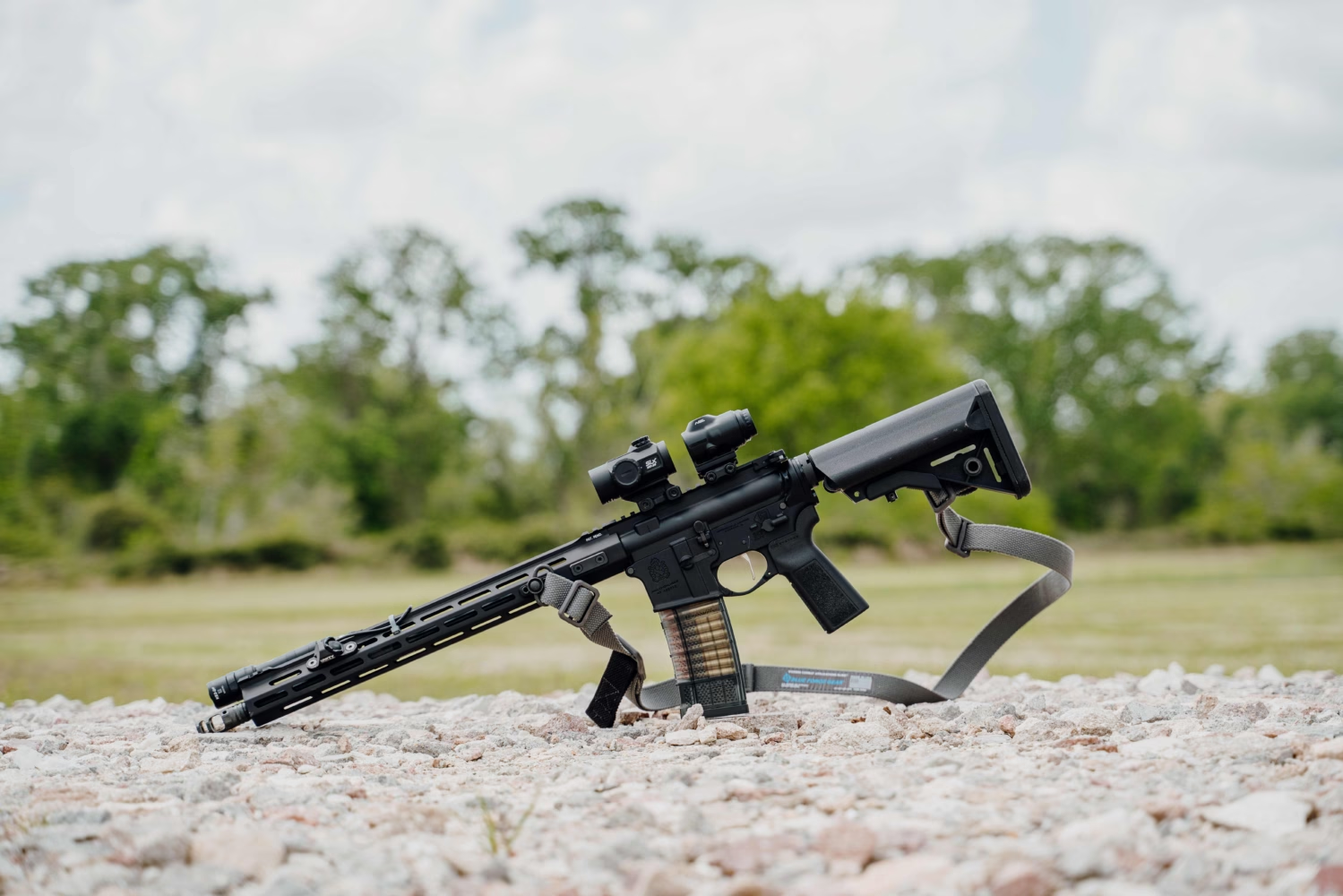
Conclusion
Customizing your rifle is one of the many benefits of owning an AR-15. The vast aftermarket makes it easy to find a range of accessories to suit any purpose—and more than a few that don’t seem to serve any purpose at all.
If bang for your buck is something that matters to you, stick to functional accessories and leave the more decorative upgrades to those who spend more time looking at their rifles than firing them. On the other hand, if you take pride in your rifle’s appearance and like the way an upgraded part looks, there’s no reason to let anyone stop you from getting it.
In the end, it’s your rifle; make it your own, however you see fit.
